STE Highlights, December 2019
Awards and Recognition
Chemistry
New topical antiseptic treats multidrug-resistant pathogens
Patented process makes rocket fuel from renewable feedstocks
Explosive Science and Shock Physics
Researchers achieve ignition of propellant with microwaves for first time
Awards and Recognition
Thomsen awarded two 2019 medals for space research
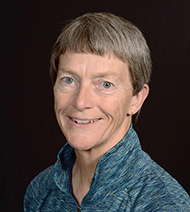
Michelle Thomsen
Michelle Thomsen, a Los Alamos National Laboratory fellow and guest scientist in Space Science and Applications (ISR-1), was awarded the John Adam Fleming Medal by the American Geophysical Union on Dec. 11, 2019, at a ceremony in San Francisco, Calif. The Fleming Medal is given annually to one honoree in recognition of original research and technical leadership in geomagnetism, atmospheric electricity, aeronomy, space physics, or related sciences.
Thomsen was also awarded the 2019 Arctowski Medal by the National Academy of Sciences. The Arctowski Medal is presented every two years in recognition of outstanding contributions to the study of solar physics and solar terrestrial relationships.
Thomsen’s current work is focused on studying the influence of solar wind on the magnetospheres of Jupiter and Saturn. Previously, she led the Los Alamos team in its analysis of plasma data from the Cassini mission to Saturn and its moons, which led to several key discoveries about plasma sources and the influence of planetary rotation on magnetospheric dynamics. Over the past 40 years, Thomsen has made fundamental contributions to our understanding of the relationships between the sun and its planetary bodies, with a particular emphasis on the physics of collisionless shocks and the dynamics of the planetary magnetospheres of Earth, Jupiter, and Saturn.
Technical contact: Michelle Thomsen
Hollingsworth honored as AAAS Fellow
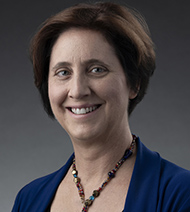
Jennifer Hollingsworth
Jennifer Hollingsworth of LANL’s Center for Integrated Nanotechnologies (MPA-CINT) is being honored as a fellow by the American Association for the Advancement of Science (AAAS) for her work in materials chemistry. She will be presented with an official certificate and a gold and blue (representing science and engineering, respectively) rosette pin on Saturday, Feb. 15, at the AAAS Fellows Forum during the 2020 AAAS Annual Meeting in Seattle, Wash.
Hollingsworth was the only LANL recipient of this honor this year. She was specifically selected for her discovery and development of non-blinking giant quantum dots. Applications of her nanoscale semiconductor research range from beacons for new cancer drugs to better light bulbs for the future.
Technical contact: Jennifer Hollingsworth
Analytics, Intelligence and Technology
Los Alamos researchers verify D-Wave optimization quality
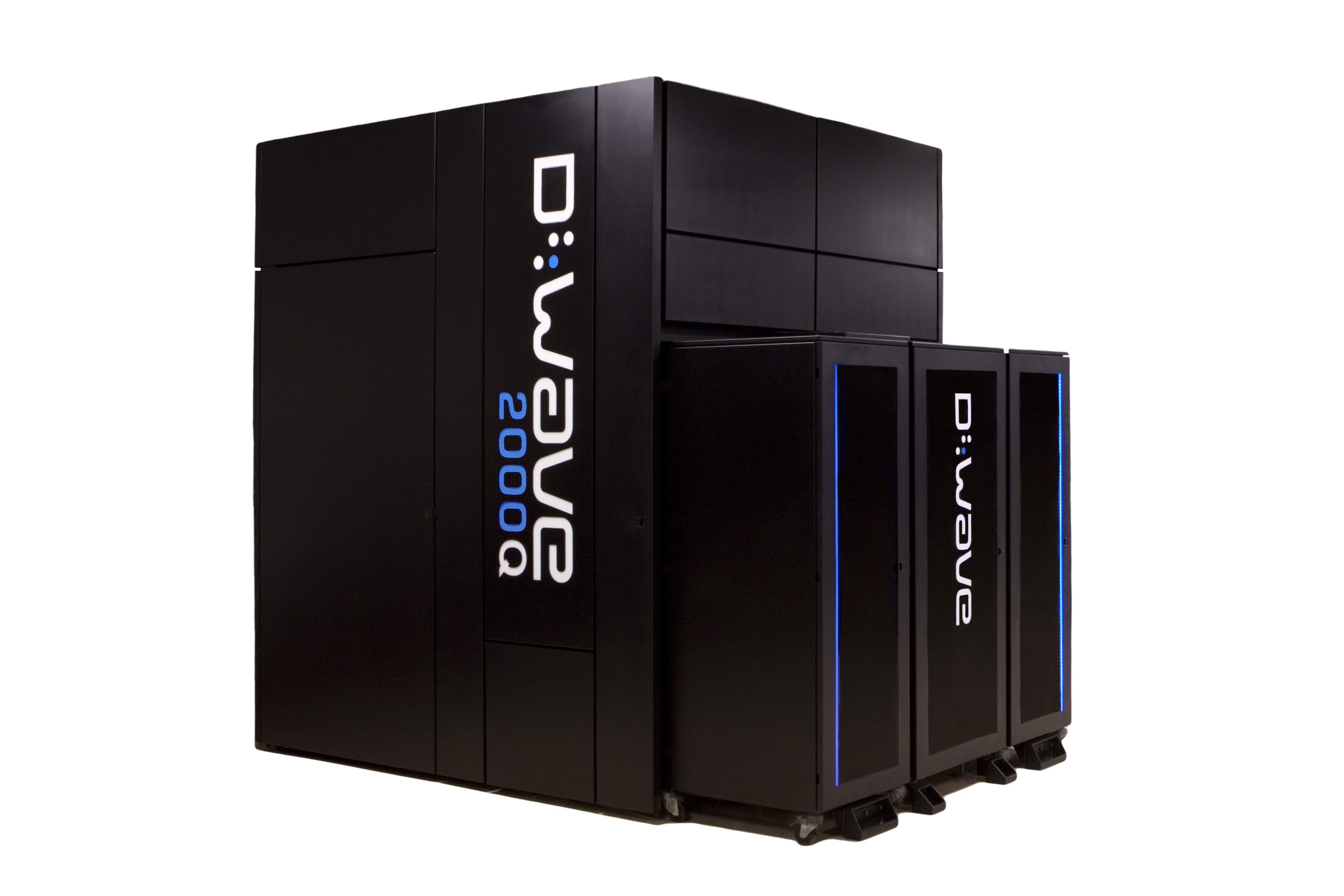
To achieve quantum effects, the D-Wave must be kept at 3 millikelvin, which is colder than outer space.
Two new studies by Los Alamos researchers have verified the optimization quality of LANL’s D-Wave quantum computing platform, proving its niche in optimization problems. Los Alamos currently houses a 2,000-qubit (or quantum bit) D-Wave in its Metropolis Center, which was funded by LANL’s Advanced Simulation and Computing (ASC) Program.
The idea of quantum computing was introduced by Richard Feynman, a former Los Alamos scientist, in 1982 when he stated that quantum computers would be the most natural avenue to simulate quantum systems. The quest to make that idea a reality has been a grand challenge of computer engineering for decades as well as a recent hot topic. Quantum computing is still in its infancy, but LANL is working hard to remain at the forefront of the computing revolution.
What does D-Wave do?
D-Wave is a specific type of quantum computer, called an adiabatic quantum annealer, produced by D-Wave Systems. It solves optimization problems by leveraging quantum mechanics to quickly find the most cost-effective solutions among trillions of possibilities. For now, those problems are somewhat simple, but in the future, D-Wave will be used for delivery truck routing, airline crew scheduling, and materials science, to name a few.
D-Wave fills a niche, and it is advancing rapidly. “Eventually, D-Wave will likely accelerate our rate of understanding new materials,” said Carleton Coffrin of Information Systems and Modeling (A-1). This is particularly relevant to national security, which is why the ASC Program funded the D-Wave along with the new 5,000-qubit chip that should be arriving in August 2020; the next-generation D-Wave system, called Advantage, is designed to accelerate the development of commercial quantum applications.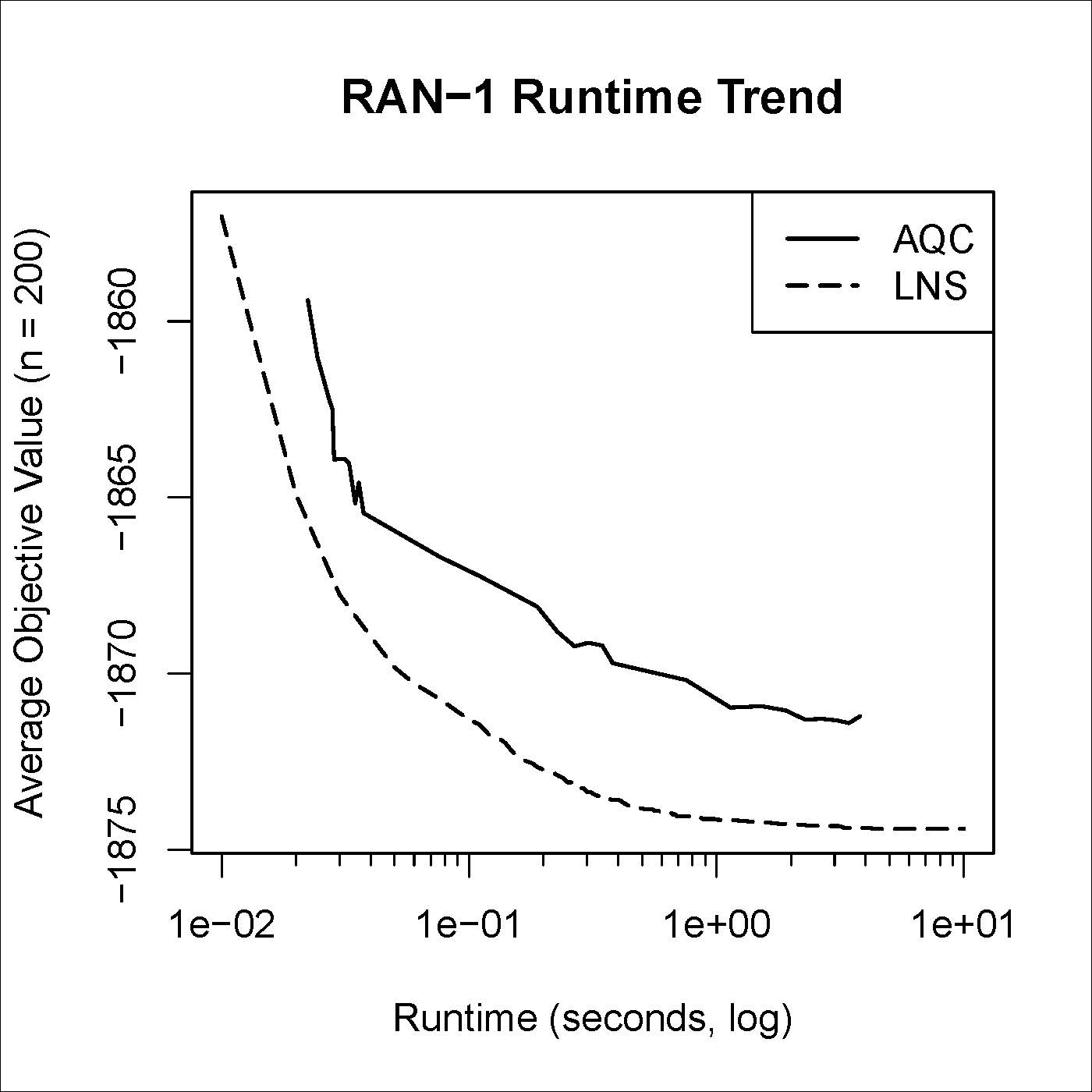
The AQC trend line represents LANL’s D-Wave. It produces solutions within 1% of the LNS, or commodity computers. D-Wave reliably produces high-quality solutions across a wide range of inputs.
D-Wave optimization quality verified
One of the questions Coffrin and colleagues asked was how well the D-Wave is currently optimizing a variety of problems. The study compared benchmark optimization problems on commodity computers versus the D-Wave platform. They found for small problems the D-Wave can find a globally optimal solution.
“We can have high confidence that the D-Wave hardware finds the absolute best solutions in these types of cases,” Coffrin said.
The results are not too different for larger optimization problems; the answer might not be exactly correct, but it is extremely close and within the margin of error.
“The results show that the D-Wave platform is valuable,” Coffrin said, “but they also show the standard benchmarks by which we judge D-Wave’s optimization performance are likely too simple.”
Therefore, Coffrin and colleagues performed another study, which was released this month. The key finding was LANL’s D-Wave is 10 to 100 times faster on some optimization problems (problems designed to play to D-Wave’s strengths) than established optimization algorithms. This research illustrates that D-Wave dominates a niche, providing notable performance gains. In other words, there are some tasks for which D-Wave is the best-known solution and established tools perform notably worse.
LANL is training a quantum workforce
As quantum computing becomes more readily available, Los Alamos is ensuring its workforce will be in on the ground level. The Information Science and Technology Institute through the National Security Education Center (NSEC) offered D-Wave as a Rapid Response topic—projects in strategic information science and technology growth areas at LANL. As a result, more than 30 projects were funded between 2016 and 2019, including Coffrin’s research.
In addition to training staff scientists, Los Alamos is providing valuable quantum training to students around the country via the Quantum Computing Summer School, which is open for applications until January 17, 2020. Los Alamos is also considered a user facility for D-Wave, enabling other national laboratories access to its computing capabilities.
Funding and mission
The D-Wave was funded by the Advanced Simulation and Computing Program. Coffrin’s research was funded by the Information Science and Technology Institute and a Laboratory Directed Research and Development (LDRD) award. This work supports the Laboratory’s Global Security and Nuclear Deterrence mission areas and the Information, Science & Technology capability pillar.
References: Carleton Coffrin (A-1), Harsha Nagarajan (T-5), Russell Bent (T-5). “Evaluating Ising Processing Units with Integer Programming.” International Conference on Integration of Constraint Programming, Artificial Intelligence, and Operations Research, pp. 163–181. 2019. DOI: https://doi.org/10.1007/978-3-030-19212-9_11
Yuchen Pang (U. of Illinois at Urbana-Champaign), Carleton Coffrin (A-1), Andrey Y. Lokhov (T-5), and Marc Vuffray (T-4). “The Potential of Quantum Annealing for Rapid Solution Structure Identification.” 2019. https://arxiv.org/abs/1912.01759Chemistry
New topical antiseptic treats multidrug-resistant pathogens
Developing safe, new ways of dealing with antimicrobial resistance is profoundly important to human health. Some pathogens are particularly virulent and can escape the current bacteria-killing, or biocidal, treatments. These biofilm-forming bacteria have been dubbed ESKAPE pathogens, and they are plaguing hospitals and humans.
A collaboration between LANL, Northern Arizona University (NAU), and Dixie State University sought to address the biofilm-forming ESKAPE pathogens through the development of a novel antiseptic agent. Their combined research efforts resulted in both a patent and a publication, results from which demonstrated the newly discovered antiseptic exhibited greater potency and more rapid eradication than most conventional topical applications.

Scanning electron microscope analysis of representative biofilms. Biofilms were allowed to form onto titanium coupons for 72 hours and subsequently treated with 1% v/v CAGE for (a) 0, (b) 5, and (c) 60 minutes, respectively. The images show the rapid degradation of the biofilm.
This antiseptic kills the unkillable in record time
ESKAPE pathogens are considered to be the most common cause of infections in skin wounds. Therefore, designing an antiseptic that can be administered directly to the skin, or topically, would be most beneficial. The collaborative effort resulted in the discovery of choline-generate (also called CAGE). The team revealed CAGE is able to penetrate into the deepest skin layers and deliver co-administered antibiotics. When CAGE was tested for antiseptic properties against 11 clinically isolated ESKAPE pathogens, the team observed little to no skin irritation. In addition to being gentle, the CAGE antiseptic was found to be quite effective. In as little as two hours, dilute CAGE solutions eradicated in vitro biofilms of ESKAPE pathogens at concentrations as low as 0.156% v:v. For Staphylococcus aureus (MSSA, which is methicillin-sensitive), undiluted CAGE effectively eliminated the bacterial biofilm in less than 30 seconds
CAGE likely works by thinning pathogen membranes
Bacterial cell disruption was not observed as the mechanism of action for CAGE. Rather, CAGE thins the bacterial cell membrane. This thinning destabilizes the lipid bilayer of the cell and results in cell death. The researchers illustrated this phenomenon via simulation.
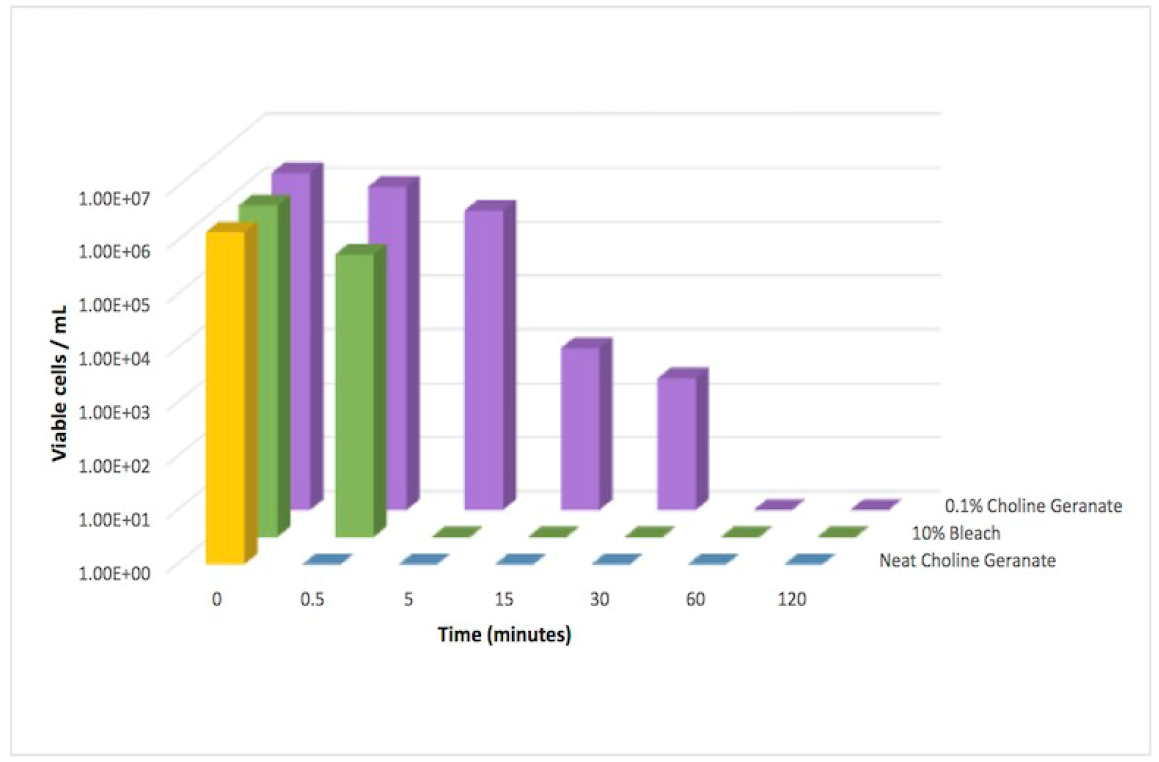
Cellular viability of a representative ESKAPE biofilm versus time for exposures of neat CAGE (yellow), 0.1% v/v CAGE (purple), and 10% v/v bleach (green).
Both experimental and computational results implicate the neutral geranic acid species of CAGE as well as the geranate anion as the pharmacologically relevant antibacterial components. This research showed that CAGE, even in dilute solutions, eradicates young and mature pathogen biofilms. The topical solution can be used directly on skin as well as for decontamination of medical devices. The applications of this research are broad and impactful.
Funding and mission
The LANL portion of the work was funded by the University of California, Office of the President (UCOP). The research supports the Laboratory’s Global Security mission area and Materials for the Future capability pillar.
References: Joshua R. Greene (Northern Arizona University, NAU), Kahla L. Merrett (NAU), Alexanndra J. Heyert (NAU), Lucas F. Simmons (NAU), Camille M. Migliori (Dixie State U.), Kristen C. Vogt (The College of New Jersey), Rebeca S. Castro (The College of NJ), Paul D. Phillips (NAU), Joseph L. Baker (The College of NJ), Gerrick E. Lindberg (NAU), David T. Fox (C-AAC), Rico E. Del Sesto (Dixie State U.), Andrew T. Koppisch (NAU). “Scope and efficacy of the broad-spectrum topical antiseptic choline geranate.” PLoS One. 2019. DOI: https://doi.org/10.1371/journal.pone.0222211
Patent: Ionic Liquids for Transdermal Drug Delivery, Patent No. US 10,449,254
Technical contact: David Fox
Patented process makes rocket fuel from renewable feedstocks
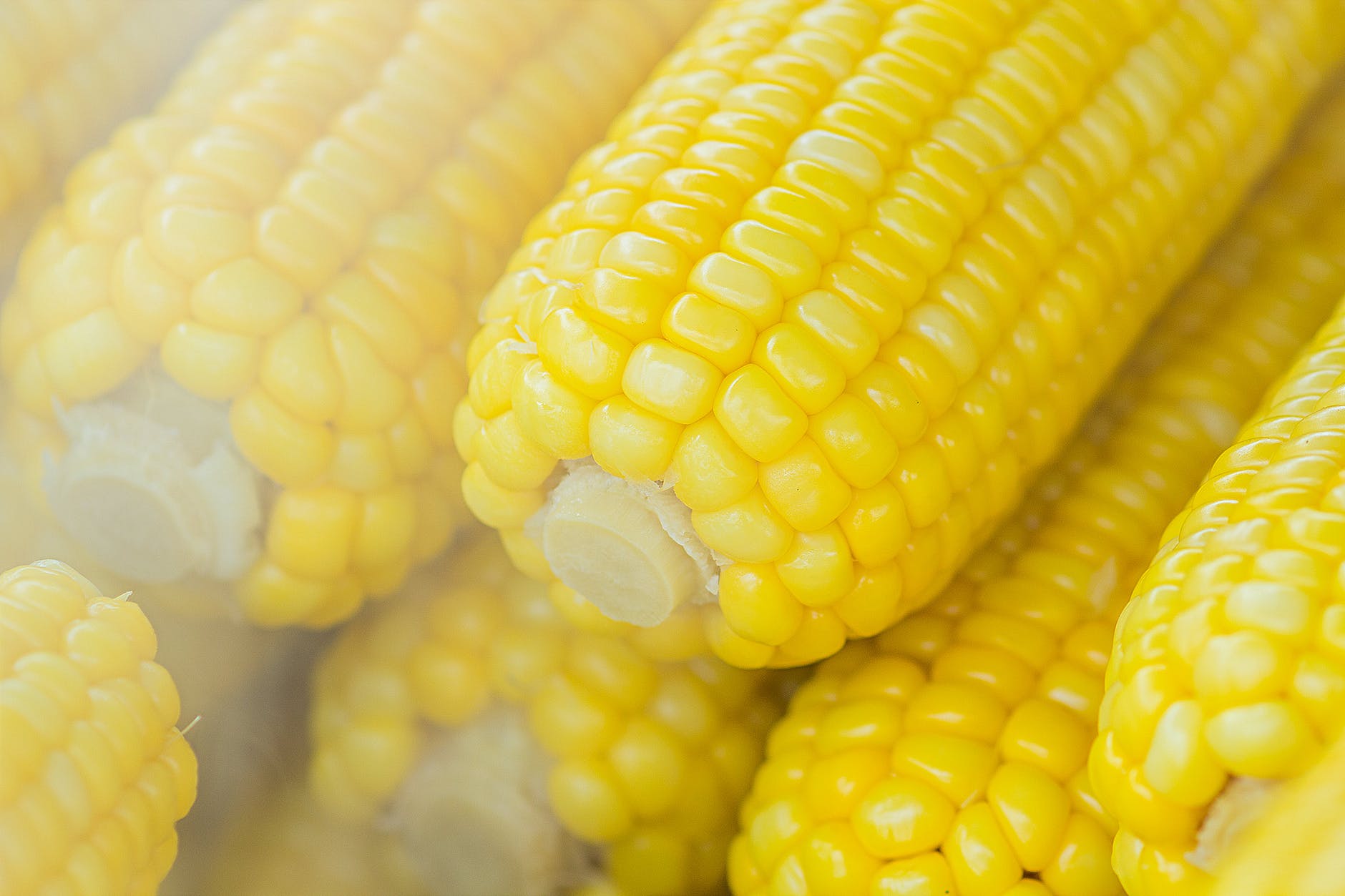
The alternative process to JP-10 starts with agricultural material, such as corn. It is an acid-free process, so the byproducts are not harmful to the environment; in fact, the byproducts are safe to use as animal feed.
JP-10 is the high-energy-density fuel used in U.S. cruise missiles. Although its importance is great for national defense, the petroleum-derived molecules needed to produce JP-10 are becoming more scarce and expensive. Therefore, a new, reliable production method is being sought.
Los Alamos researchers in Inorganic Isotope and Actinide Chemistry (C-IIAC), Engineering Technology and Design (E-DO), and Materials Synthesis and Integrated Devices (MPA-11) came up with a flexible, high-quality, and cost-effective process for making JP-10 from agricultural byproducts, such as corn bran or any cellulose material.
The stepwise process is innovative
The starting materials (e.g., corn bran) go through a chemical reaction that produces an intermediate product. That intermediate is then used as the starting point of the next reaction, and so on, until the final product of JP-10 is produced. No one has ever put together the stepwise process—and that is what these researchers patented.
Not only is the process innovative, but it is also flexible and full of possibility. Each of the intermediate products are in and of themselves useful and value-added chemicals. In all, there are half a dozen chemicals that can be pushed along through the process to become JP-10 or simply used on their own. For example, furfural is one of the intermediates created, and it is used to make a myriad of other products: fertilizers, plastics, solvents, paints, and even antacids.
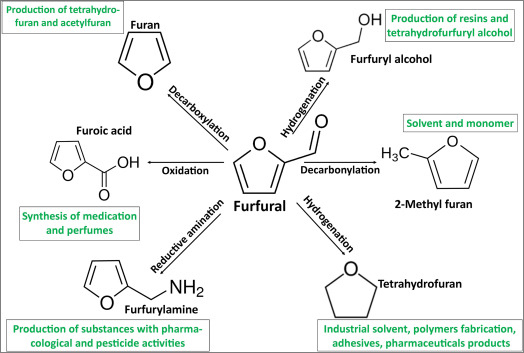
Derivatives of furfural and their applications. (Photo credit: ScienceDirect)
“There are multiple jumping off points in the process,” said Andrew Sutton (C-IIAC). “Different industrial plants can stop at different points depending on need or supply and demand.”
Next step: Commercial partner
A huge benefit of this alternative route to making JP-10 is the boost it gives to U.S. agriculture and domestic employment. The crops needed for the process are created, sold, and used in the United States. U.S. producers of corn ethanol, which is used in gasoline in amounts of approximately 10%, can employ this process to create an additional valuable co-product. By producing a co-product, ethanol producers can diversify their product portfolio from a range of intermediates en route to JP-10 and create a more robust domestic bio-economy. While boosting the local and domestic economy, it also reduces the cost of JP-10 production, potentially by 50 percent.
The researchers are now working with LANL’s Feynman Center for Innovation to find a commercial partner. “We are ready to move to the next scale,” said Cameron Moore (C-IIAC). That next step will require an industry collaborator.
Funding and mission
This research was funded by the Department of Energy’s Biofuel Office. The work supports the Laboratory’s Energy Security mission area and the Materials for the Future capability pillar.
Technical contacts: Andrew Sutton and Cameron Moore
Explosive Science and Shock Physics
Researchers achieve ignition of propellant with microwaves for first time
For the first time ever, Los Alamos scientists in collaboration with the U.S. Army achieved ignition of a propellant with microwaves, a type of electromagnetic radiation.
Microwaves are an unusual energy source for ignition. Although it has been attempted in the past—because there are definite benefits to microwave ignition—no one has been successful outside a laboratory, until now.
An overlap of microwaves and energetic materials science
“The benefit of microwaves,” said Amanda Duque, High Explosive Science and Technology (M-7), “is that we can reach a higher volume of the ignition material.” Duque has investigated microwave ignition of a range of materials, particularly thermites, in different configurations.
The researchers were even able to ignite materials that are otherwise difficult to ignite by conventional means, proving microwave’s niche in the field of ignition. Their results were presented at the American Physical Society’s 2019 Shock Compression of Condensed Matter conference. This work has also led to a number of patents.
There are two main goals of energetic material reactions—pushing or breaking. The former is concerned with propelling something, such as a bullet in a gun to have an effect at a distance, while the latter is concerned with propagating a shockwave to have an effect nearby. Each requires an input stimulus and specific materials to respond appropriately.
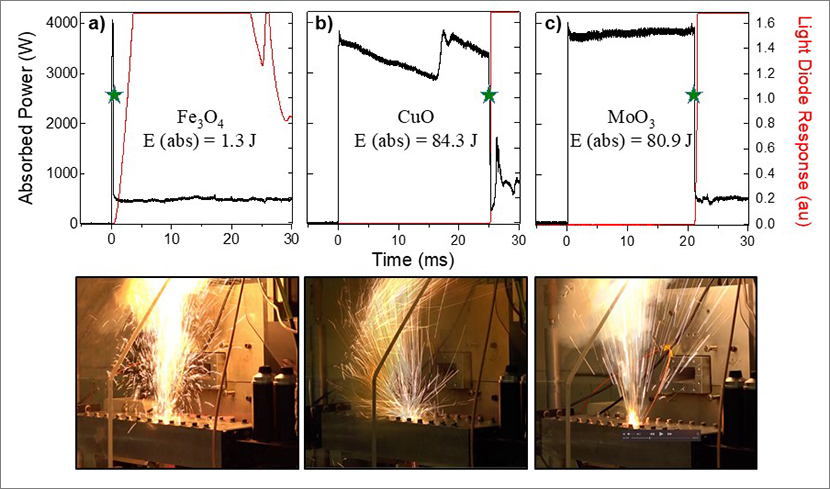
Representative traces of absorbed power (black) and light diode signal (red) recorded during a microwave ignition experiment at the electric field maximum. Ignition of Fe3O4/Al (left), CuO/Al (center), and MoO3/Al (right) are compared.
LDRD expands the research impact
The researchers are also making quantitative connections between microstructural details and explosive performance through a LANL-funded Laboratory Directed Research and Development (LDRD) grant. Pre-exposing high-energy explosives to microwaves can affect the explosive’s energy.
This LDRD research will broaden the impact of the microwave propellant success into mission-critical work relating to plastic-bonded explosives (or PBX). It will push for better material performance.
“The practical value of our work is reflected by at least 10 distinct and meaningful transitions,” said Lee Perry (M-7), “from the Joint Munitions Program to internal programs, LDRD, Nuclear Counterterrorism, direct DoD work, the DoD Joint Enhanced Munitions Technology Program, and the DoD Joint Fuze Technology Program.”
Mission and funding
This research was funded by the DoD/DOE Joint Munitions Program, the Joint Enhanced Munitions Technology Program, and a LANL LDRD grant. The work supports the Laboratory’s Nuclear Deterrence mission area and the Science of Signatures and Information, Science & Technology capability pillars.
Technical contact: Amanda Duque and Lee PerryMaterials Physics and Applications
Advances in monolayer semiconductors
Los Alamos researchers and their international collaborators used ultrahigh magnetic fields to experimentally determine valuable optoelectronic material parameters across an entire family of novel 2D semiconductors. Using these parameters, researchers can rationally design future ultrathin optoelectronic and quantum devices incorporating 2D semiconductors.
Historically, semiconductor properties relevant for optoelectronics (electron masses, dielectric parameters, etc.) have been determined by optical spectroscopy in large magnetic fields. However, for the new family of atomically thin transition metal dichalcogenide semiconductors (such as MoS2 and WSe2), the required magnetic fields are huge—on the order of 100 teslas (T)—due to the 2D nature of the materials and strong light–matter coupling.A one-monolayer-thick semiconductor with electron-hole pairs (excitons) in their ground (1s) and excited (2s, 3s,...ns) Rydberg states. Bottom: Optical absorption spectra showing how these states evolve with magnetic field, which reveals fundamental parameters, such as mass and dielectric properties.
Until now, many of these parameters were assumed from theory, but using the record-high magnetic fields available at the National High Magnetic Field Laboratory-Pulsed Field Facility (NHMFL-PFF) at Los Alamos, the researchers were able to perform optical absorption experiments up to 91 T. The data provide quantitative values and reveal gaps in existing theory-based models. The research was published in Nature Communications.
In particular, the researchers were able to experimentally determine the masses, binding energies, and radii of the various exciton states, as well as the free-particle bandgap and the dielectric properties of the monolayer semiconductors. A noteworthy finding was that the measured masses were much larger those predicted by Density Functional Theory, especially for the molybdenum-based monolayers.
Understanding the characteristics of these 2D semiconductors and other mesoscale materials provides insight into the relationship between material properties and performance, enabling engineered materials with controlled functionality for novel devices.
Funding and mission
Work at the NHMFL-PFF was supported by the DOE, Office of Basic Energy Sciences “Science of 100 T” program and by a postdoctoral fellowship from the Los Alamos Laboratory Directed Research and Development (LDRD) program. The NHMFL is supported by the National Science Foundation, the State of Florida, and the DOE.
This research supports the Laboratory’s Energy Security mission area and the Materials for the Future capability pillar by advancing knowledge that will enable design of devices with predictable performance and controlled functionality.
Reference: M. Goryca, J. Li, A. V. Stier (NHMFL); T. Taniguchi, K. Watanabe (National Institute for Materials Science, Japan); E. Courtade, S. Shree, C. Robert, B. Urbaszek, X. Marie (U. de Toulouse), and S. A. Crooker (NHMFL). “Revealing exciton masses and dielectric properties of monolayer semiconductors with high magnetic fields.” Nature Communications 10, 4172 (2019). DOI: https://doi.org/10.1038/s41467-019-12180-y
Technical contact: Scott Crooker






